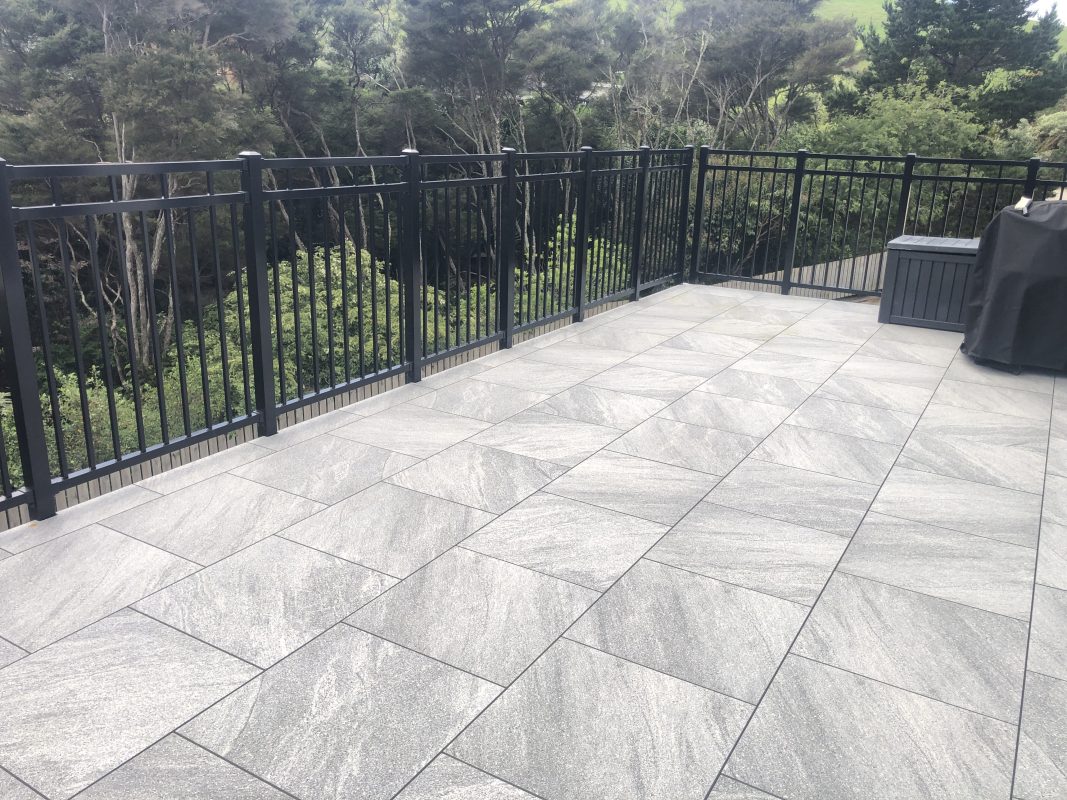Building code changes ahead: what they mean for decking and paving systems
Regulators in New Zealand and Australia are moving to tighten standards for outdoor structures. Recent consultations and industry guidance point to stronger requirements on structural loading, moisture control, fire resilience and sustainability. As a result, decks, rooftop terraces and paved surfaces will be designed and specified differently in the near future.
Stronger focus on load-bearing and safety
Upcoming reviews to AS/NZS1170.1 will sharpen attention on structural loading and the way outdoor systems distribute weight across support structures. Consequently, for elevated deck and rooftop designs, this means a closer look at how tiles, pavers, and heavy finishes are supported. Builders and architects will therefore need solutions that spread loads evenly and meet strict compliance from the outset.
Moisture control and ventilation under review
Changes to E2/AS1 guidance are expected to further address water management and the long-term performance of building envelopes. Since trapped moisture beneath non-structural finishes is a growing concern, new code emphasis will likely require systems that promote ventilation and allow surfaces to drain freely. In turn, this will extend the life of both decking and supporting structures.
Fire risk and all-weather durability
With hotter summers and drier conditions in both countries, regulators are also considering tighter rules around fire resistance for external structures. Therefore, the shift away from traditional combustible materials is accelerating, and compliance pathways are expected to reflect this. Moreover, durability in all-weather conditions is becoming an essential requirement.
Sustainability driving new standards
Sustainability continues to be a cornerstone of regulatory change, with more emphasis on the use of recycled materials, durability, and the longevity of outdoor structures. Consequently, products that extend life cycles and reduce waste are expected to become increasingly important for compliance. In addition, environmentally responsible sourcing is gaining greater recognition in project approvals.
How the industry is responding
Manufacturers and suppliers are already adapting to meet these shifts. As a result, systems such as Silca System — an interlocking grate made from recycled materials and designed to support heavy tiles and pavers on timber or aluminium joists — have been developed with these very challenges in mind. By providing a permeable surface, improved air circulation, and structural compliance with B1/VM1, AS/NZS1170.1, and E2/AS1, Silca is an example of how the market is preparing for the next generation of code requirements.
What this means for architects, builders, and homeowners
The upcoming changes will place more responsibility on design and specification. Consequently, outdoor living spaces will demand systems that balance strength, moisture control, fire safety, and sustainability. Choosing adaptable, tested solutions now is therefore the best way to stay ahead of regulatory shifts.

